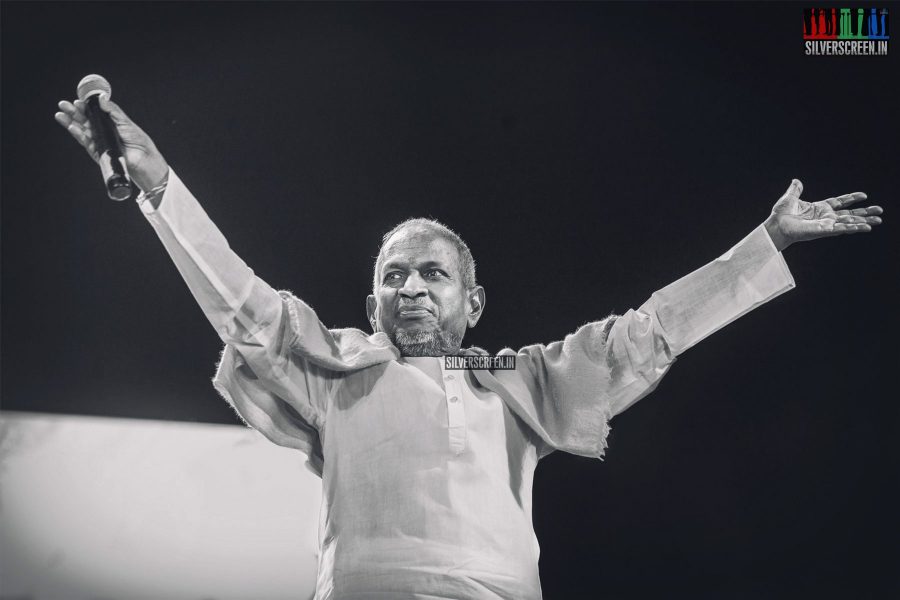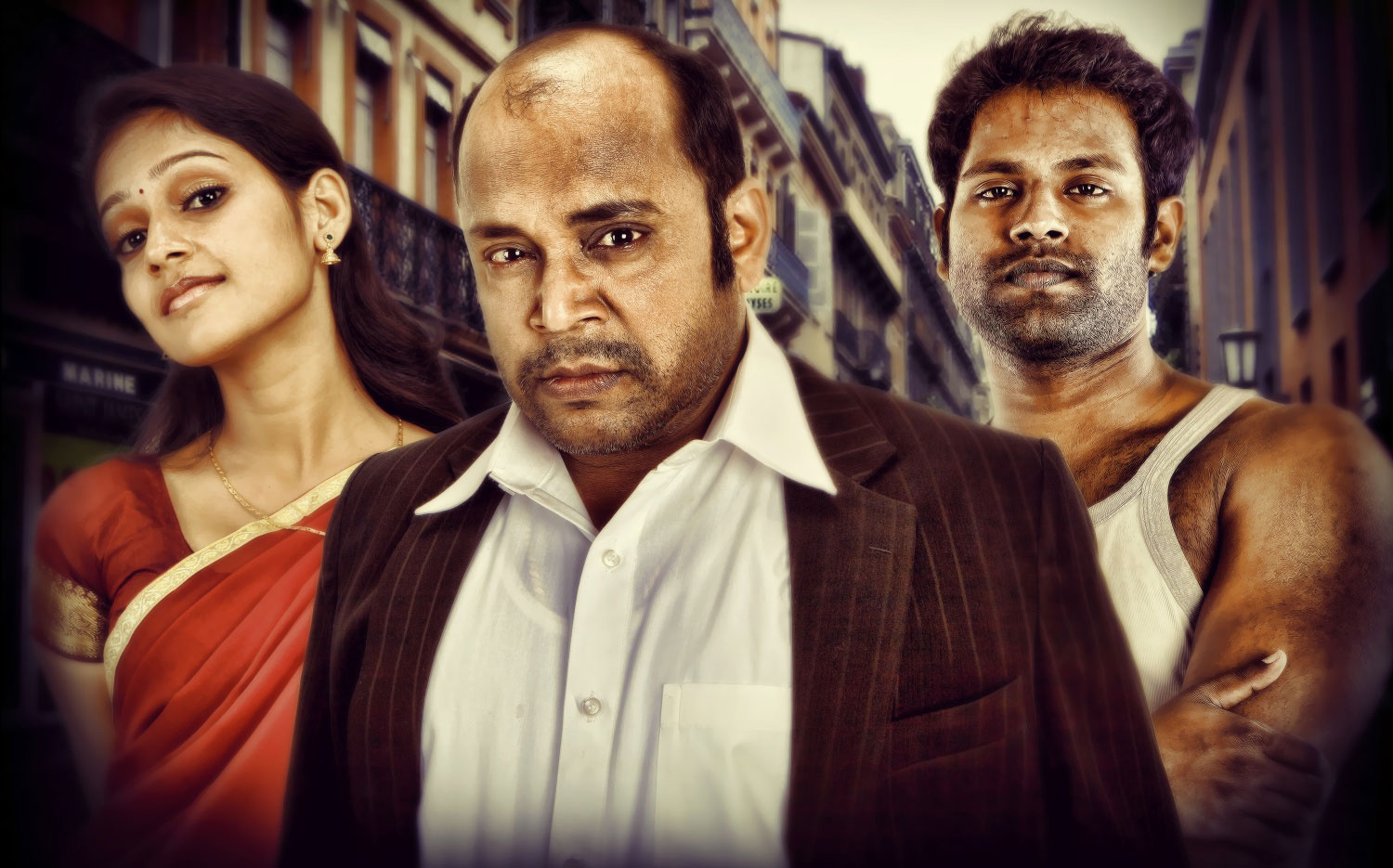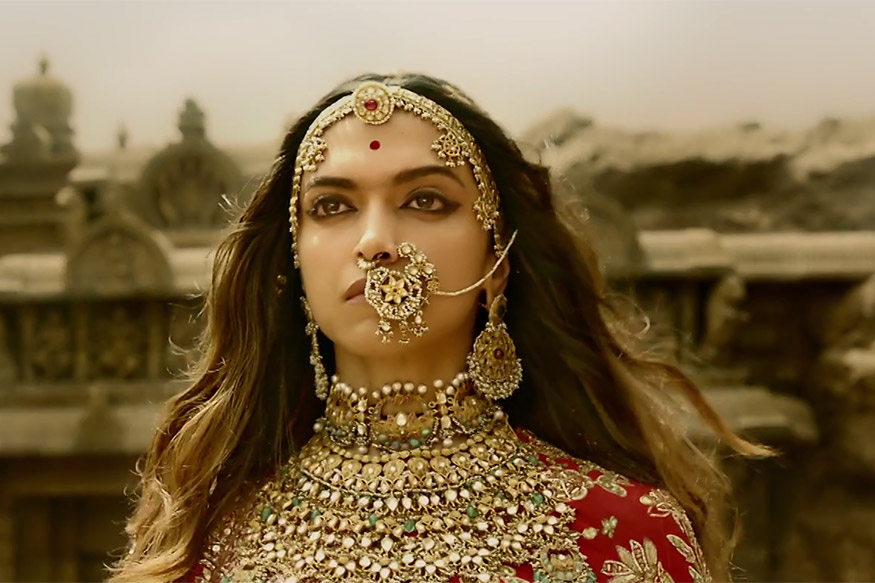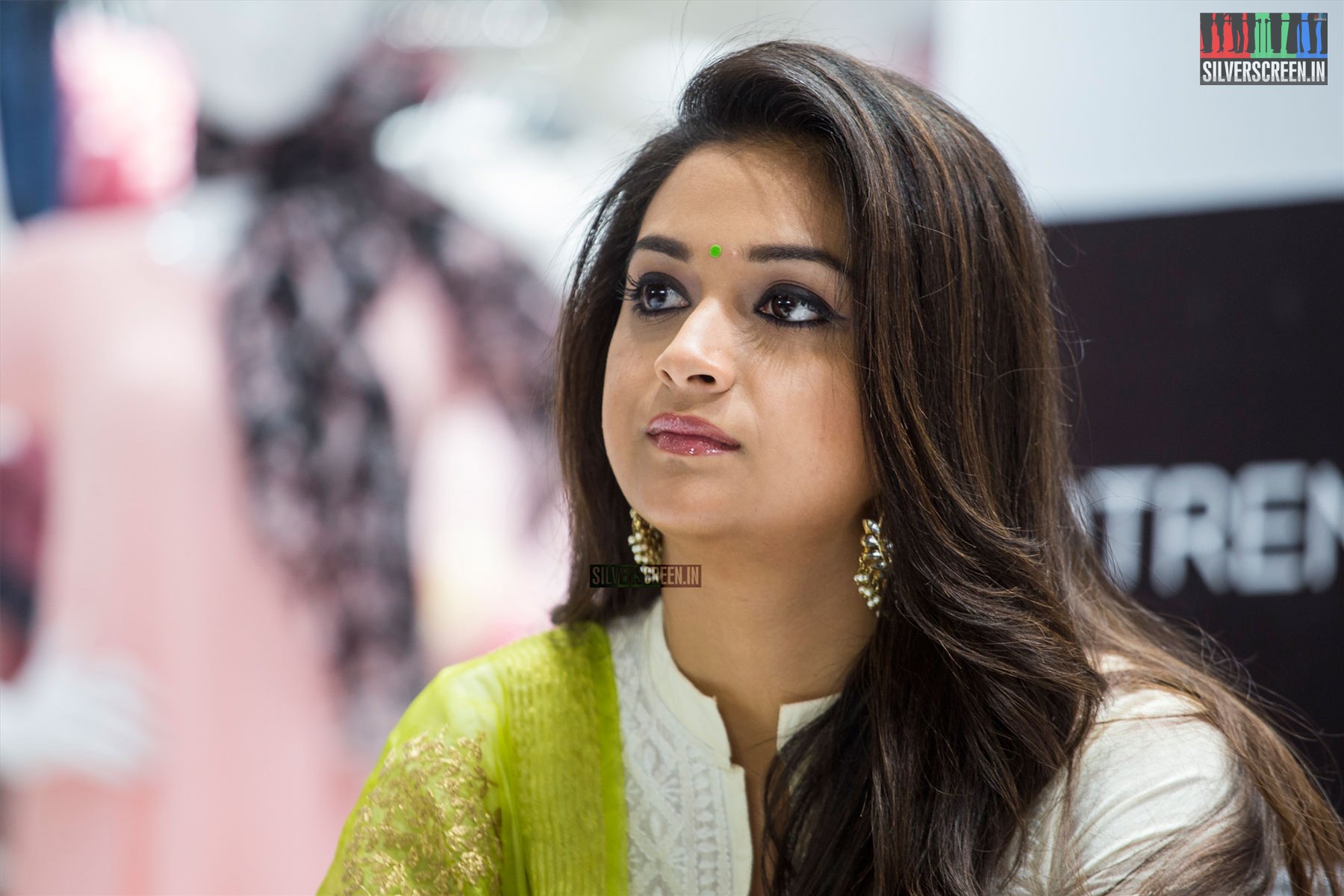Following the Ilaiyaraaja Masterclass held as part of the 50th IFFI (International Film Festival Of India), the corridor, canteen and portico of Panjim’s Kala Academy, the chief venue of the festival, echoed with ecstatic attendees humming tunes from Tamil cinema of the 80s and 90s. The maestro spent close to 90 minutes on stage, answering and sometimes evading questions about his music, performing some of his classic numbers with his an eight-member orchestra, and live-composing a piece of background score for a narrative situation suggested by filmmaker R Balki who moderated the session.
Engaging with a crowd isn’t exactly an area the 76-year-old Raja excels in, but on Wednesday afternoon he looked perfectly at ease. He was witty and spontaneous. He made the audience laugh, and sing along with him songs such as “Thendral Vandhu“, “En Iniya Pon Nilaave” and “Aye Zindagi“. When some members of the audience couldn’t contain their adulation, he gently reprimanded them, “Kathaathaiyya!” (Don’t shout, please!). Without playing modest, he talked of his power to turn a plain close-up shot of a hero who can’t emote to save his life into a great moment using his music. “I can make it look like he’s thinking of his mother, his childhood or his lover. I can even inform you the details of the space and time he is in.”
Further, he gave us this curious trivia. He has seen Amadeus (1984), the American period biographical drama about Mozart, over 27 times. “Do you know a dialogue in the film (Go Back to Sleep!) was written as a counterpoint to the music played in the scene? They placed this famous symphony here, and wrote the dialogue accordingly. In fact, I’d used this technique several times before 1984, using music as a counterpoint to the dialogue. No one knows I did that. Not the film’s director, not my assistants.”
The maestro also gave the audience a generous peek into his working style. He animatedly directed his violinist with the notes in the beginning of the the iconic Mella Mella Ennai Thottu, and the audience erupted into a thunderous applause. When Balki gave him a task, to compose a background score piece for a scene where a son is approaching his father to murder him, Raja got down to work immediately. In three minutes, he was ready. Sheets of paper with musical notes were passed among band members as the auditorium waited in absolute silence. The stunning final version was a poignant lullaby, adding several layers of emotions to the simple one-line scenario.
Recommended
Raja’s effortless prolificacy shouldn’t come as a surprise. In the late 80s, he worked in over 55 films each year. Balki, who worked with him in three movies, recounted how Raja would come to the studio in the morning, watch the reel once and compose the perfect background score in a few hours. “You might wonder what’s going on, because he would seem so relaxed, cracking jokes and laughing with his orchestra team. But by 3 pm, he would be ready with the score!” Apparently, the musical notations of all songs in Shamitabh were jotted down on pieces of tissue paper at a lobby of a five star hotel where he was with Balki. “I was talking to him about the scenes, and he didn’t look like he was paying any attention. Only he understands that process (of creating music)!”
When the director sought to know his secret, Raja sang a line from Ajantha (2012), “Engai Irundha Isaiye” – where were you until now, song – to emphasise on the inexplicability of his process. A question about the use of scores diametrically opposite to the mood of situations – a Western guitar in a rustic scene in a Tamil movie – got a cheeky response, “Don’t I deserve to have some fun? Sometimes when there is nothing in the film, I will have to step up and do something quirky to keep it engaging.”
Also, Balki played the perfect moderator and dodged some bullets. When a person from the audience shot a potentially volatile question about the issue of copyrights, Balki intervened. “Raja sir is only asking for what’s rightfully his.”
Finally, when Balki gestured to the audience that the event had come to a close, the crowd protested and placed more song requests. And the maestro complied with a smile. He sat down at his harmonium once again, and performed a medley from En Iniya Pon Nilave and Ilayanila to Kanne Kalaimaane/Surmai Akhiyon Mein. The latter number fleetingly divided the crowd into Hindi and Tamil, but brought them to a fantastic unison in the “Aariraro” portion. There were whistles, goosebumps, laughter and tears of joy.



